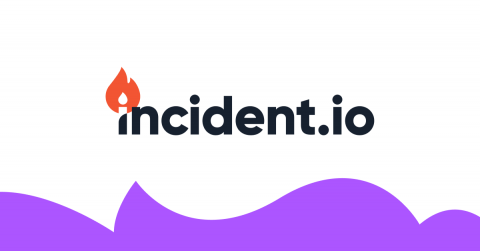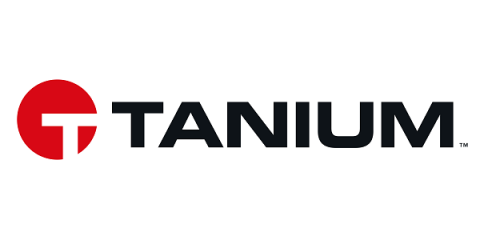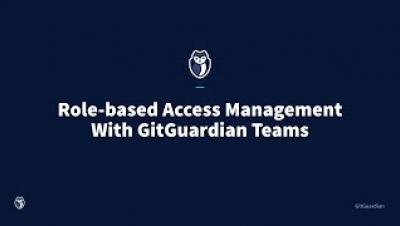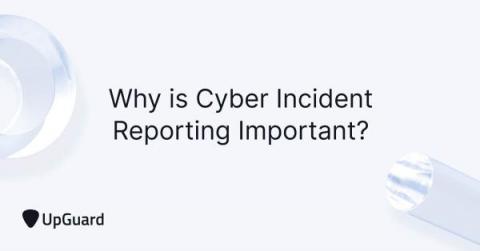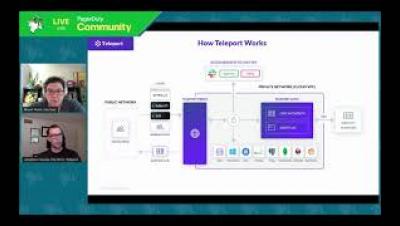Fitting incident management into the SOC 2 puzzle
In today’s business landscape, security and compliance mean everything. Because of this, many modern businesses look towards solutions that will provide customers and prospects with the most confidence and trust. One of these is SOC 2 compliance and attestation. SOC 2 is a marker of solid and consumer-minded companies that want to protect customer data.


